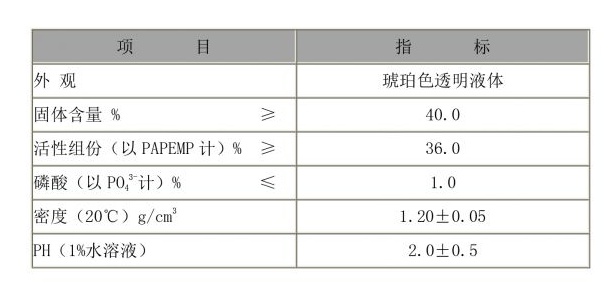poly aluminium chloride in wastewater treatment
Poly Aluminium Chloride in Wastewater Treatment
Poly Aluminium Chloride (PAC) is an inorganic polymer commonly used as a coagulant in wastewater treatment processes. It is a versatile chemical that plays a crucial role in removing impurities and enhancing the clarity of water. PAC has gained popularity over traditional coagulants, such as alum, due to its superior performance, cost-effectiveness, and environmental benefits.
The primary mechanism by which PAC operates involves the neutralization of negative charges on suspended particles in water. Wastewater typically contains various pollutants, including organic matter, heavy metals, and microorganisms, which carry negative charges. When PAC is added to the wastewater, it dissociates into aluminum ions and polycationic species, effectively neutralizing the charges of the contaminants. This neutralization facilitates the agglomeration of smaller particles into larger flocs, which can be easily removed through sedimentation or filtration.
One significant advantage of PAC is its ability to perform well over a wide range of pH levels. Unlike traditional coagulants, whose effectiveness may diminish outside specific pH ranges, PAC maintains consistency in coagulation performance, making it suitable for various wastewater types. This adaptability is particularly beneficial in treatment facilities handling industrial wastewater, which can vary significantly in composition and acidity.
poly aluminium chloride in wastewater treatment

Another noteworthy aspect of PAC is its lower dosage requirement compared to alum. Because PAC has a higher charge density, lower quantities can achieve similar or even better coagulation results. This reduction in required dosage leads to less sludge production, which not only reduces disposal costs but also minimizes the environmental impact typically associated with sludge management.
Furthermore, PAC is known for its rapid settling characteristics. The flocs formed from PAC are larger and denser than those generated by other coagulants, allowing for faster sedimentation. This feature significantly improves the efficiency of wastewater treatment facilities, enabling them to achieve higher clarification rates without extending the treatment time. As a result, facilities can operate more effectively while maintaining compliance with discharge regulations.
In addition to its technical advantages, the use of PAC in wastewater treatment aligns with sustainability goals. Its production process generates fewer greenhouse gases compared to traditional coagulants, contributing to a lower carbon footprint. Moreover, PAC's higher efficiency and lower sludge production represent significant strides towards more sustainable and environmentally friendly wastewater treatment practices.
In conclusion, Poly Aluminium Chloride has emerged as a valuable tool in wastewater treatment, offering numerous benefits over conventional coagulants. Its superior coagulation performance, adaptability to various pH levels, lower dosage requirements, and rapid settling properties make PAC a preferred choice for many treatment plants. As environmental concerns continue to rise, the adoption of PAC not only enhances treatment efficiency but also supports sustainable management of water resources. With ongoing research and technological advancements, PAC is likely to play an increasingly integral role in the future of wastewater treatment, paving the way for cleaner and safer water systems.
-
Pbtc Scale InhibitorPBTC: A Scale Protector for Industrial Water TreatmentNewsAug.05,2025
-
Organic Phosphonate: An Efficient Defender in the Field of Scale InhibitionNewsAug.05,2025
-
Hydrolyzed Polymaleic Anhydride: Green Pioneer in Scale Inhibition FieldNewsAug.05,2025
-
PAPEMP Polyamino Polyether Methylene Phosphonic Acid For SaleNewsAug.05,2025
-
Flocculant Water Treatment: A Pioneer in Purification in the Field of Water TreatmentNewsAug.05,2025
-
Benzyl Isothiazolinone: An Efficient and Broad-Spectrum Antibacterial Protective GuardNewsAug.05,2025





